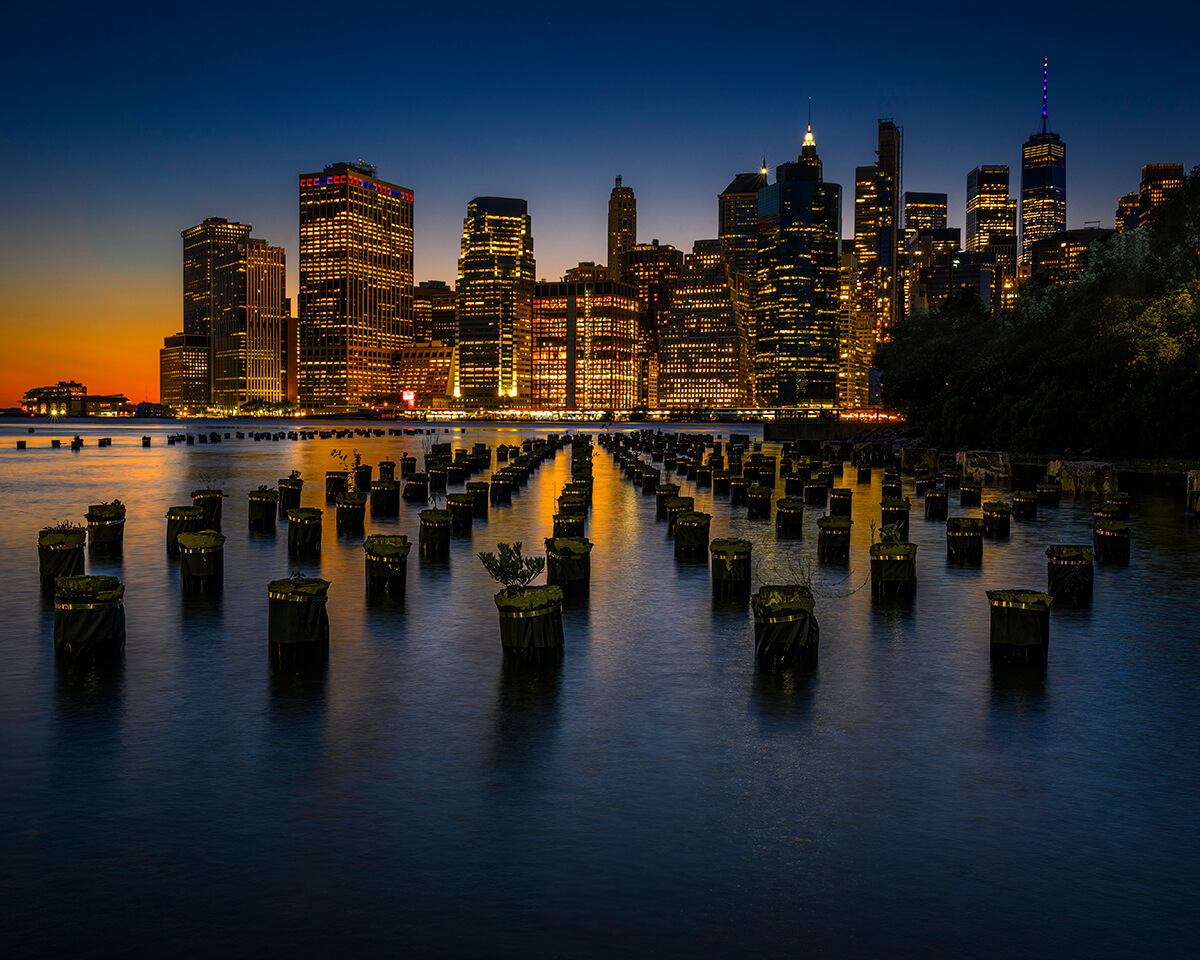INTERVIEW
Interesting Places, Interesting Light
WITH DEE POTTER
AN INTERVIEW WITH DEE POTTER
“Get to interesting places and be there in interesting light. Those are the fundamental ingredients of the perfect landscape photo recipe.”
Dee Potter won 1st Prize in our recent Planet Earth competition with a mesmerizing image of the rice fields of La Pán Tẩn in Vietnam – one of those rare shots that halts with the viewer with its color, light and perspective, as well as the comment it makes on our interaction as humans with the natural world.
Keen to know more about the image, as well as Dee’s route into photography and what makes him tick, we posed some questions. And his responses – covering the influence his mother as a landscape painter has had on his work, his experiences in Antarctica, the role of workshops to develop your craft, and his optimism for the future of photography – are well worth your time…
Dee, congratulations on winning our Planet Earth competition! Please introduce yourself in a few words, and perhaps a fact we should know about you.
Thank you so much, I’m deeply honoured. As a landscape photographer based in Toronto, Canada, my passion lies in capturing the infinite beauty of our planet to inspire and motivate fellow travellers. I’m a dedicated Nikon Professional and hold multiple accreditations with the Professional Photographers of Canada. Outside of the tranquillity of nature photography, I’m also a commercial photographer and an avid aviation photographer as a proud member of the Canadian International Airshow Photography Team.
What did you make of the judges’ comments on your winning image [below]?
I was deeply grateful: The comment that “the visual layers in the image reflect the cultural layers of the landscape” is exactly what inspired my composition. Melissa Farlow’s observation about the mesmerizing repetition and shape of the terraced fields, as well as her note on the balance between human presence and nature, resonated with my intent to show harmony within the landscape. Similarly, the Life Framer judges’ recognition of the intricate, geometric beauty and the generations of human effort captured in the frame felt like they understood my thoughts as I composed the shot. Their acknowledgment of these layers truly made me feel seen as the photographer I aim to be.
Can you tell us a little bit more about the shot and the circumstances behind it?
“Sunrise on La Pan Tan” was captured at 6:24 AM one late-September morning in the Mu Cang Chai District of Vietnam about 6 hours northwest of Hanoi. I’d just photographed a wide selection of angles from the north hillside to the left of this frame which captured the enchanting Đồi Mâm xôi, (Raspberry Hill) as it is most famously depicted across Vietnam in travel photos. I was quite happy with my photos from that lookout point as the sun slowly lit the vertical peaks across the valley, I was capturing something even more magical than the well-known photos of the scene before me. But still, I wanted something different; a view I hadn’t seen before. So, I sent my drone up in search of a new perspective and found this frame which was more than I could have imagined.
What was your route into photography, and how would you now describe your photographic work?
I’ve been fascinated with photography ever since my Granddad gave me his old Brownie camera as a 7- or 8-year-old boy. I loved how it could freeze moments like historical records as if I was capturing good times to make them last forever. Although, admittedly, I knew nothing about composition for most of my camera-wielding life, so as much as I enjoyed seeing and sharing memories with my photos, I wasn’t going to win any awards, let alone an income. Besides, my artistic calling was to be a drummer since age 4. Eventually, I was fortunate enough to have that passion take me to many incredible parts of the world. Coincidentally, my mother, Diann Haist, was a successful artist best known for her impressionist landscape paintings. Wherever I travelled, she would have me on the lookout for beautiful scenes to capture with my camera that might inspire her work. Although, the handful of my photos she chose to commit to canvas looked almost nothing like the prints I’d offered; they were suddenly alive with beautiful colours, well-placed light, and above all, an amazing composition I wished I’d captured in frame.
Over many years of learning from how she reimagined and perfected the scenes I saw as merely pretty when I captured them, I slowly improved my ability to frame a scene and capture layers of depth until eventually, I was creating photos she would paint almost as composed, although her colours were always far more harmonious. So, my life as a musician continued while I enjoyed making photos more and more as I improved. But it came to a point when I needed to accelerate my progress, and I decided to learn photography just as I’d learned, and taught, drums and music. I began studying photography courses vehemently starting in 2013. I wanted to learn from the best I could have access to, to become a good all-around photographer and further develop my passion for landscape photography. I started with National Geographic’s Joel Sartore’s courses which brilliantly taught me everything from how a camera works, to how to shoot in all the modes of a DSLR, to shooting travel photos and portraits with various lighting techniques. This gave me all the basic tools I needed to gain control of my camera in most situations, but I was still seeking to elevate my creativity. I began that pursuit by looking through hundreds, if not, thousands of what I considered fine art landscape photos in books and online to narrow down the elements of the photos I wanted to create.
I became inspired by the likes of Peter Lik and Serge Ramelli. I attended multiple online conferences and courses with KelbyOne.com where Serge was also an instructor, as well as 19 other courses and Masterclasses from Serge before I began my studies with him directly through the Institute of Photography. This Master of Photography Diploma program comprised 99 lessons and 34 assignments with each reviewed and coached by Serge Ramelli himself. No further assignments could be submitted without him passing the last. The final exams had to be submissions of magazine quality, and Serge judged each final submission by video critique. All assignments and exams had to be submitted and resubmitted until they met the assignment’s criteria, and the standard of photography expected at each of the 9 levels that made up the curriculum. Honestly, I wasn’t sure I was ready for this level of mentorship and scrutiny. I had also just filled my music schedule for the next six months and didn’t think I’d have the time to dedicate to give it my best shot. Then the world shut down. Toronto faced some of the strictest lockdown restrictions in the world and music was no longer a live form of entertainment, nor could we congregate in the studio and even in our own homes. But the streets were empty, so to fulfil my artistic appetite, I went out alone with my camera to elevate my photography and meet the challenges of the Institute assignments.
I began posting my work online with encouraging feedback and submitted it to international competitions with both a 1st place win and an honourable mention on my very first attempt. Soon, I began selling prints online and even licencing photos to some of the companies associated with the properties I’d photographed while roaming the empty streets of Toronto. Suddenly, I was earning a small income from my work, long before I graduated from the Institute of Photography. Once I did though, I officially registered my business, promoted my work more deliberately, and went on exotic destination workshops starting with Iceland in September 2021 to expand my portfolio. Just weeks after that trip, I joined the Professional Photographers of Canada to become an Accredited Pictorial Photographer which I obtained in January 2022. Since then, I’ve earned four more Accreditations and photographed across 5 Continents to develop a body of work I would describe as fine art urban landscape photography.
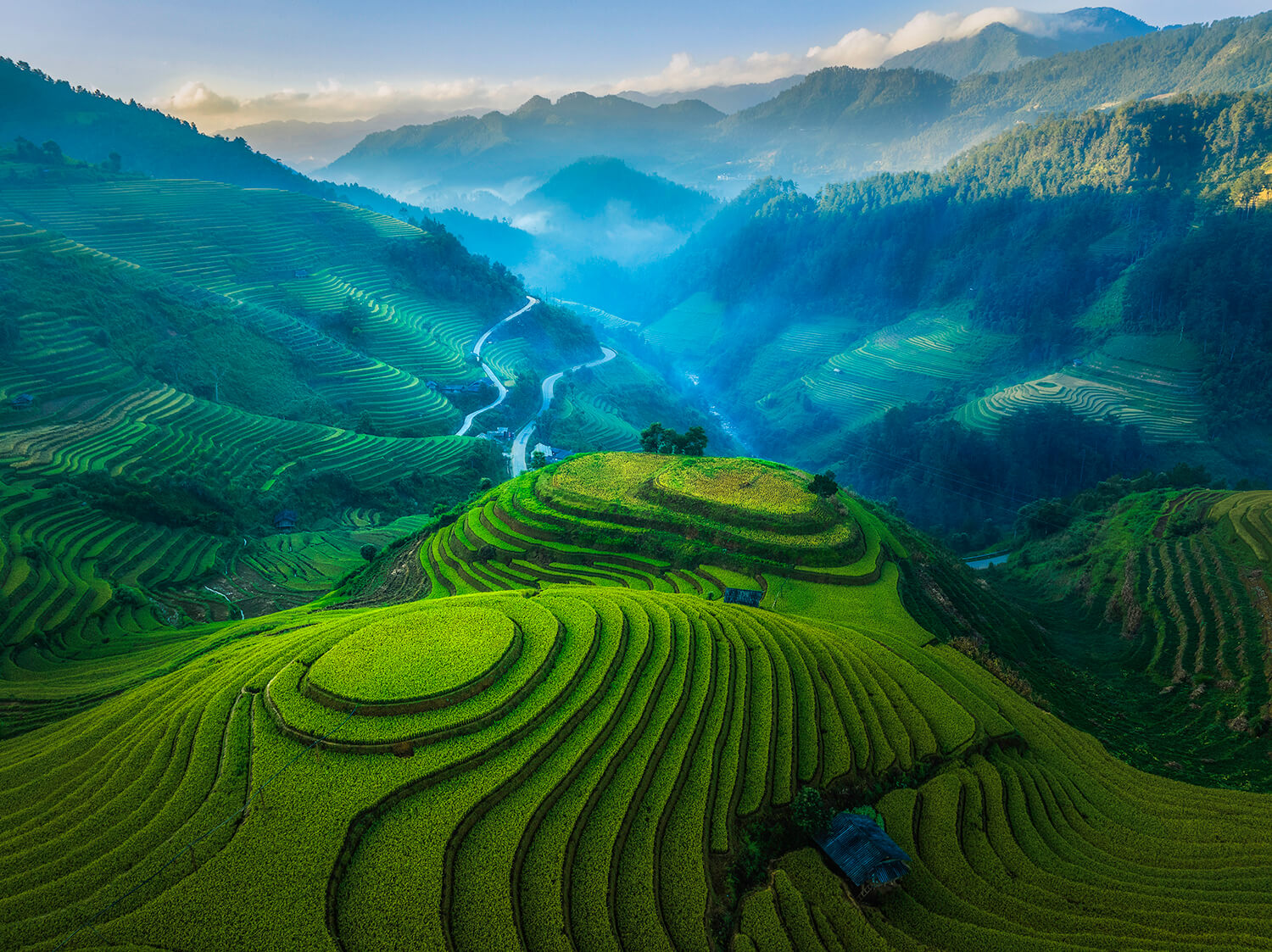
SUNRISE ON LA PAN TAN. DEE’S WINNING IMAGE FOR PLANET EARTH
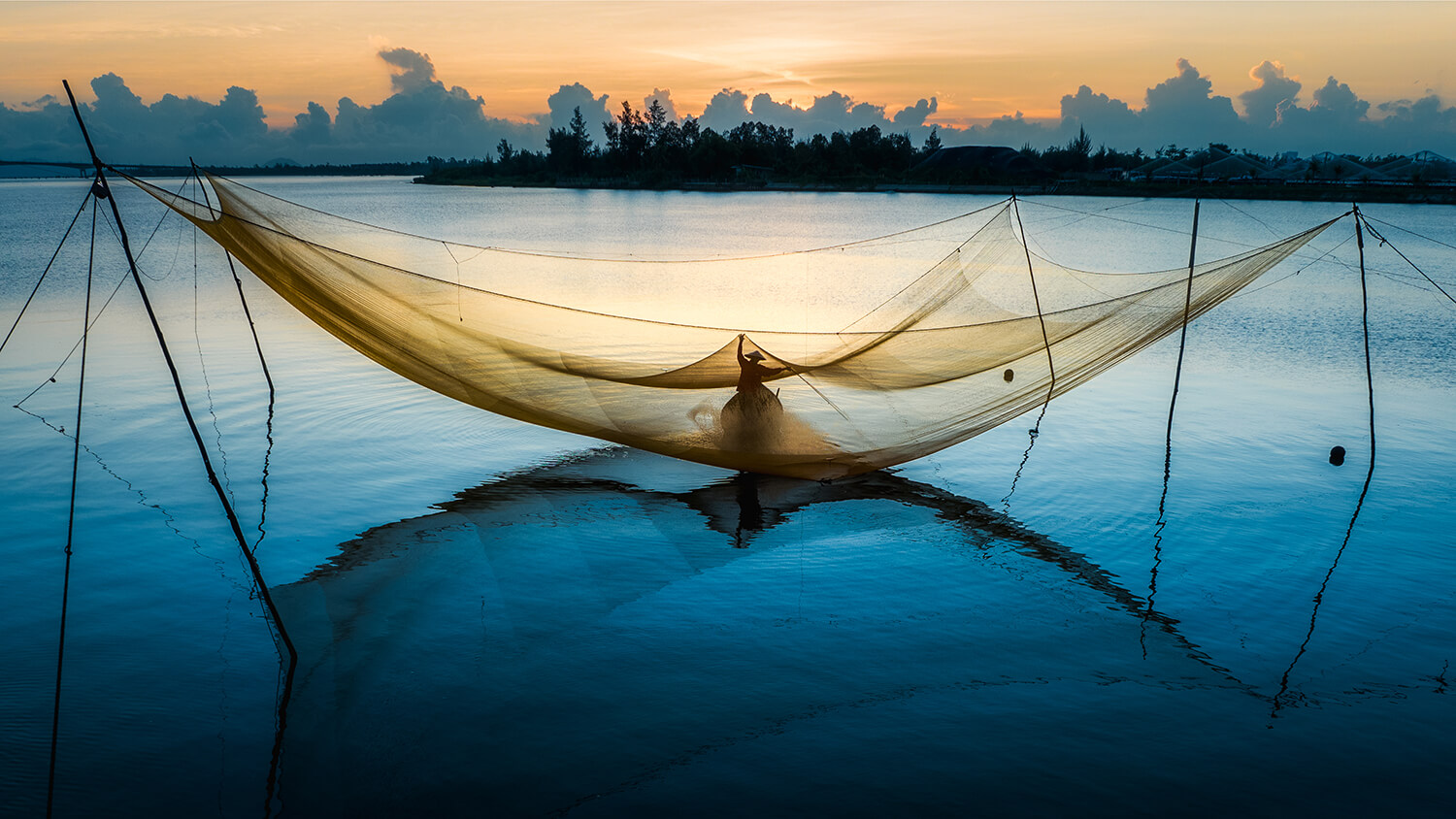
RO CHO SUNRISE
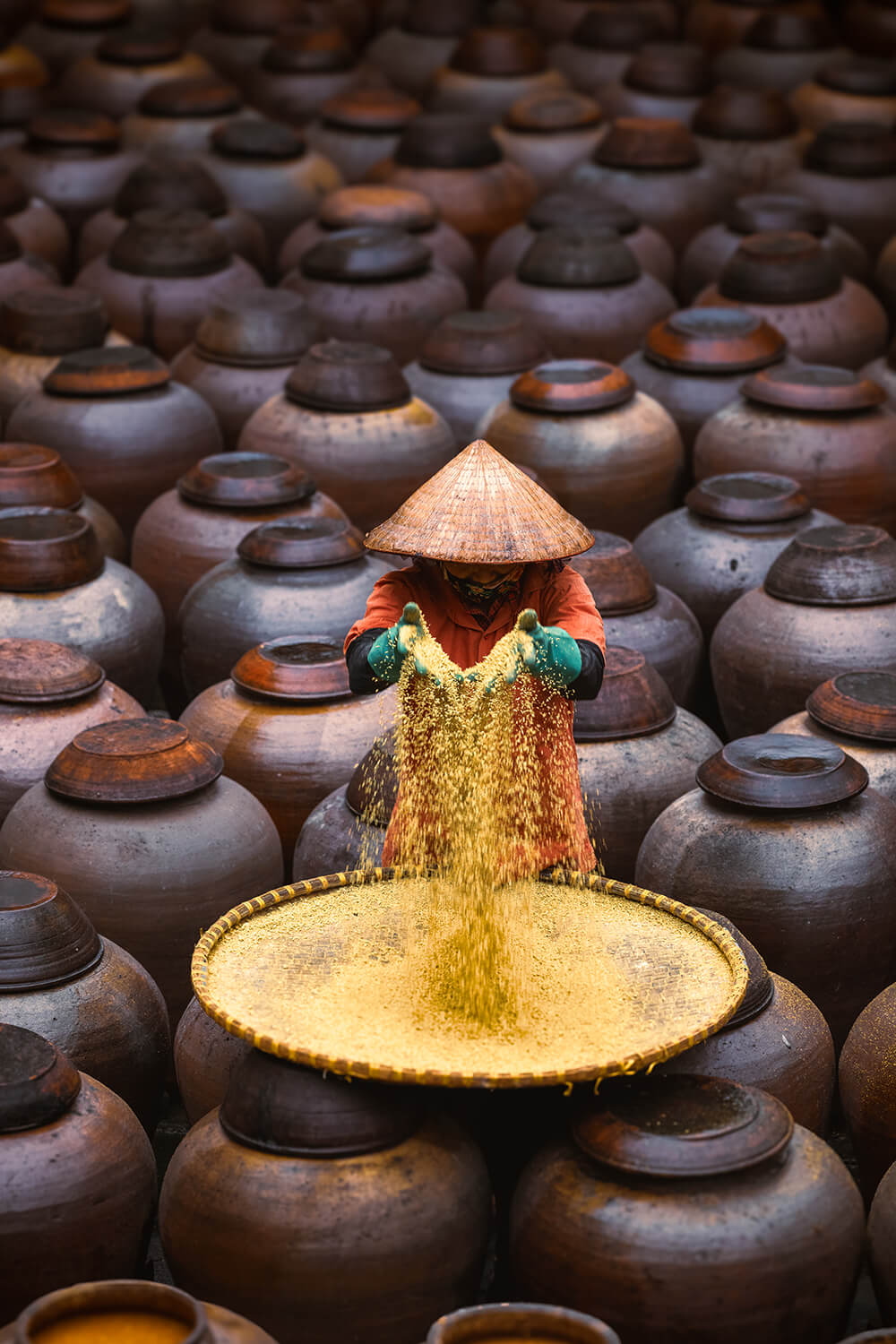
SOY SAUCE FACTORY
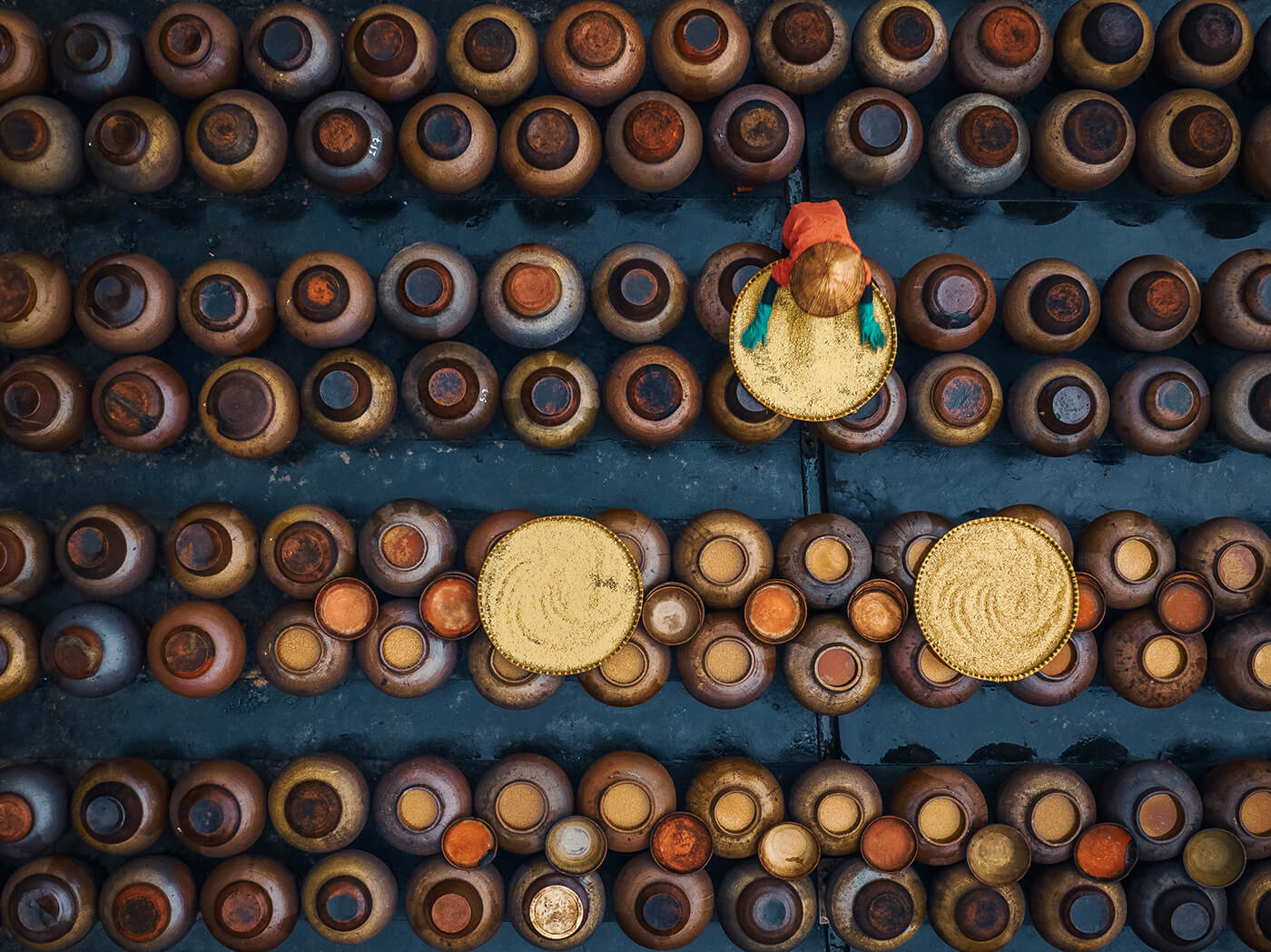
SOY SAUCE FACTORY
With so many photographers practicing landscape photography, what would you say are the ingredients that make for a spectacular image or standout photographer?
This is the sort of question I hear a lot as we’re all looking for that perfect landscape photograph, and what I say is to get to interesting places and be there in interesting light. Those are the fundamental ingredients of the perfect landscape photo recipe.
For most people, the awe-inspiring scene is not in your backyard. Otherwise, it would be somewhere we’d all want to live, and wouldn’t that be wonderful? So, you must get to where beautiful places are, then you have to be there in interesting light. And by that of course I mean sunrise, getting up before dawn and traveling however far you must go to be there before first light. Or at sunset when the sun is low on the horizon, the shadows are soft and the skies are aglow with rich, warm colours, then hang around and wait for the after-magic of blue hour when the last rays of the sun cast beautiful pinks, reds, blues and purples across the sky. But of course, interesting light isn’t just in the early mornings and evenings, it’s also during inclement weather when the sky is filled with interesting clouds and atmosphere, or fog, or snow. All of these conditions can help to create amazing landscape photographs. And with these two simple ingredients, you can create a frame that tells its own story.
You say that there’s nowhere in the world you won’t go to create a one-of-a-kind photograph. Where’s the strangest or furthest flung place photography has taken you, and what would be your ultimate bucket-list destination or subject?
Probably the most memorably crazy place I’ve photographed was off the northwest peninsula of Antarctica on the coast of Enterprise Island, where I captured the wreckage of the Governoren [below], a whaling factory ship that was consumed by fire in 1915 when reportedly a kerosene lamp had been knocked over during a high-spirited dance party celebrating a successful whaling mission. It was beautifully nestled against the most colourful wall of glacial ice. This was a bucket-list destination for me for sure, but there are still so many left including two of the next trips I have coming up: the Utah Badlands, and Indonesia.
And do you have a particular favourite shot of your own? Can you talk us through it?
It’s hard to choose a favourite although I must admit I’m particularly sentimental about my “Sunset at the Louvre” panorama [below]. It had always been a dream of mine to visit the Louvre in honour of my mother who always wanted to paint in Paris but never had the opportunity to see it in person. I captured that image in the early morning hours of my 20th wedding anniversary while my wife was still asleep at the hotel. I was not only able to finally witness the incredible beauty of this enchanted place, but I did it while no one else was there. The lamps were still lit and the moon was in the sky while the glow of the sun was beginning to colour the edges of the rooftops. The panorama consisted of 7 bracketed frames along the top, and seven bracketed frames for the bottom consisting of a total of 42 images in total to harness all of the incredible architectural detail of the once-royal palace. I was then able to ride my bike back across Paris to our hotel where I could awaken my wife to wish her a happy anniversary and take her for breakfast and a full day of uninterrupted site-seeing together.
Who are your biggest photography heroes or inspirations? Do you find inspiration outside the genre too?
I have many inspirations and heroes in photography; however, the one who has most directly influenced my development and outlook has been Serge Ramelli. Not only is his work incredible but he’s amazingly generous with his knowledge, his time, and his wisdom to help artists in photography achieve their goals. I’m very fortunate to not only have him as an inspiration and a mentor but also as a friend, and now colleague. We will be photographing together in Paris next spring.
Of course, as for my work outside landscape photography, my credit goes to the likes of Scott Kelby who has also been an incredible wealth of knowledge for me to succeed outside of my comfort zone of nature photography. I’m also inspired by Joe McNally whom I’ve only had the fortune of meeting once in person in New York but have studied his work for several years and have learned so much from him. The combination of Joe’s influence with the good foundations I’ve learned from Scott Kelby to capture the essence of people, control lighting, and create emotion in photos of human subjects is what has made me a good, all-around nature and travel photographer capable of producing professional results in almost any situation.
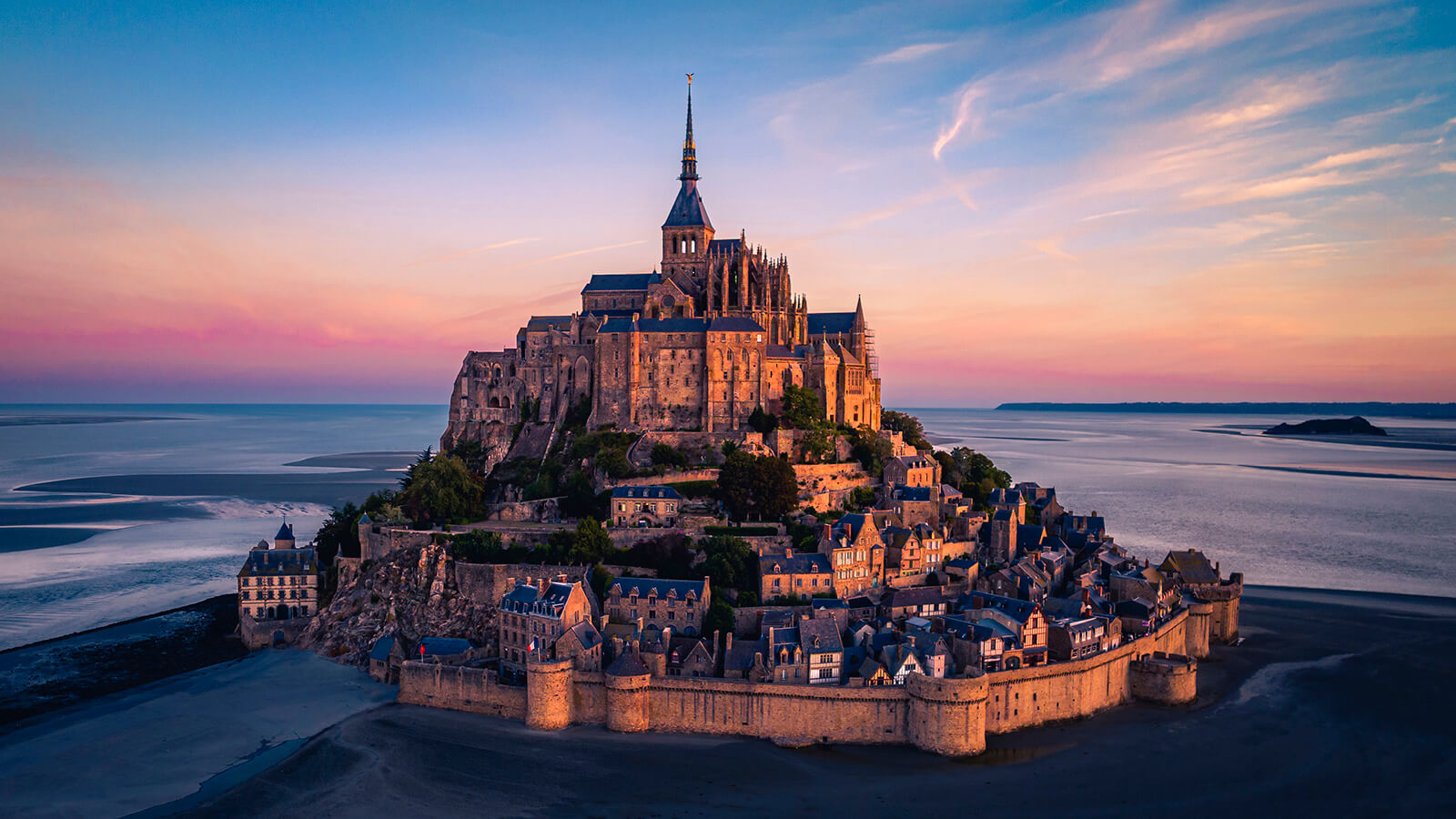
SUNRISE AT MONT SAINT MICHEL
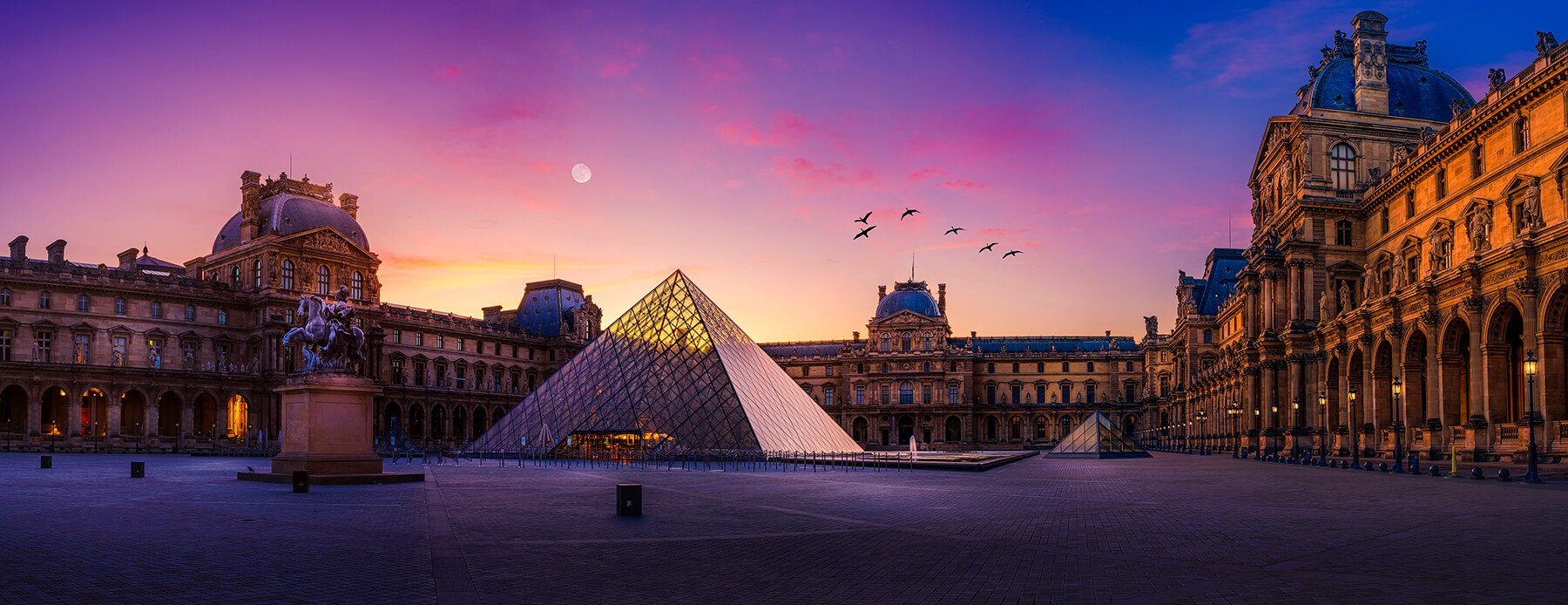
SUNRISE AT THE LOUVRE
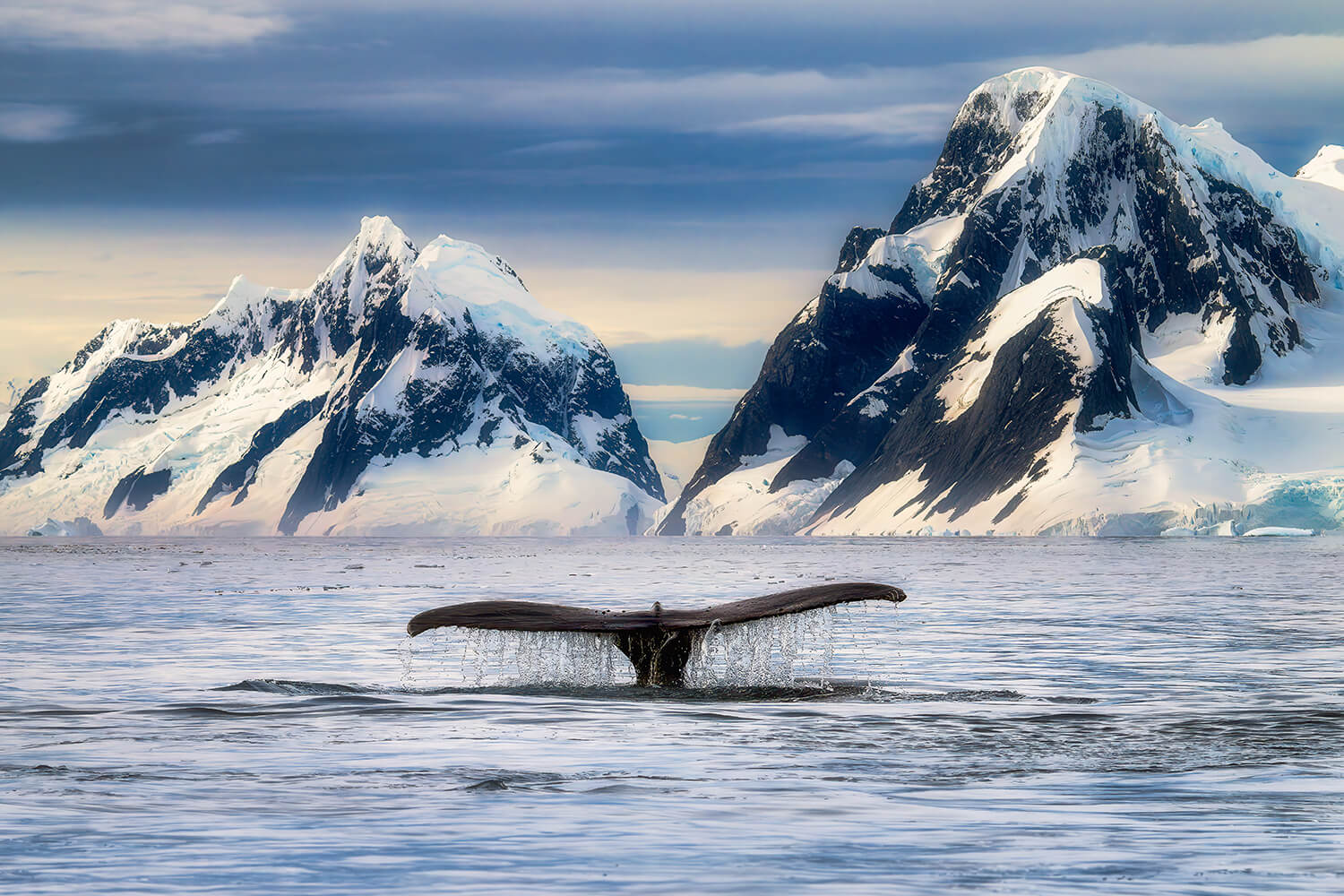
TAILS OF ANTARCTICA
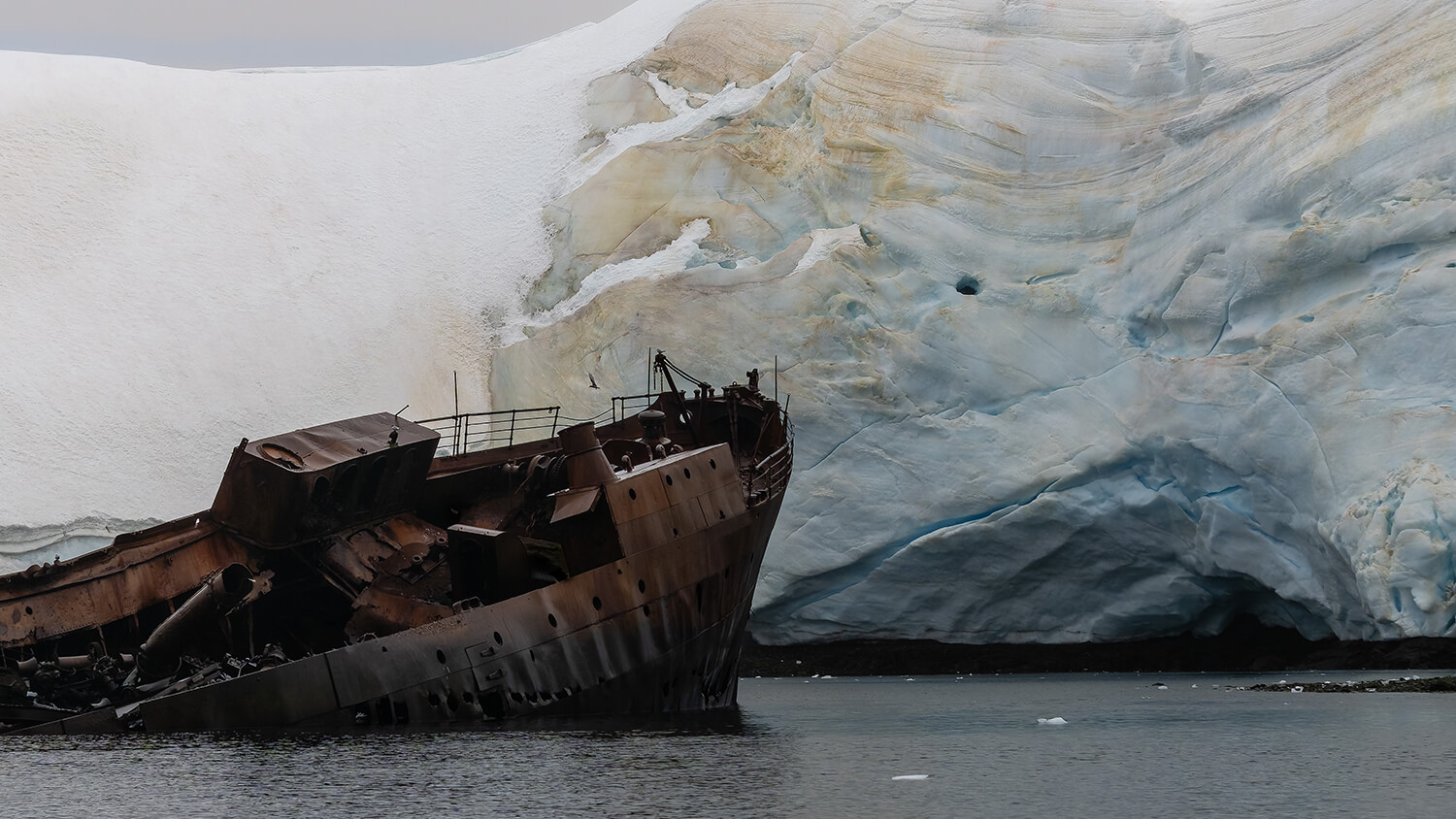
WRECK OF THE GOVERNOREN
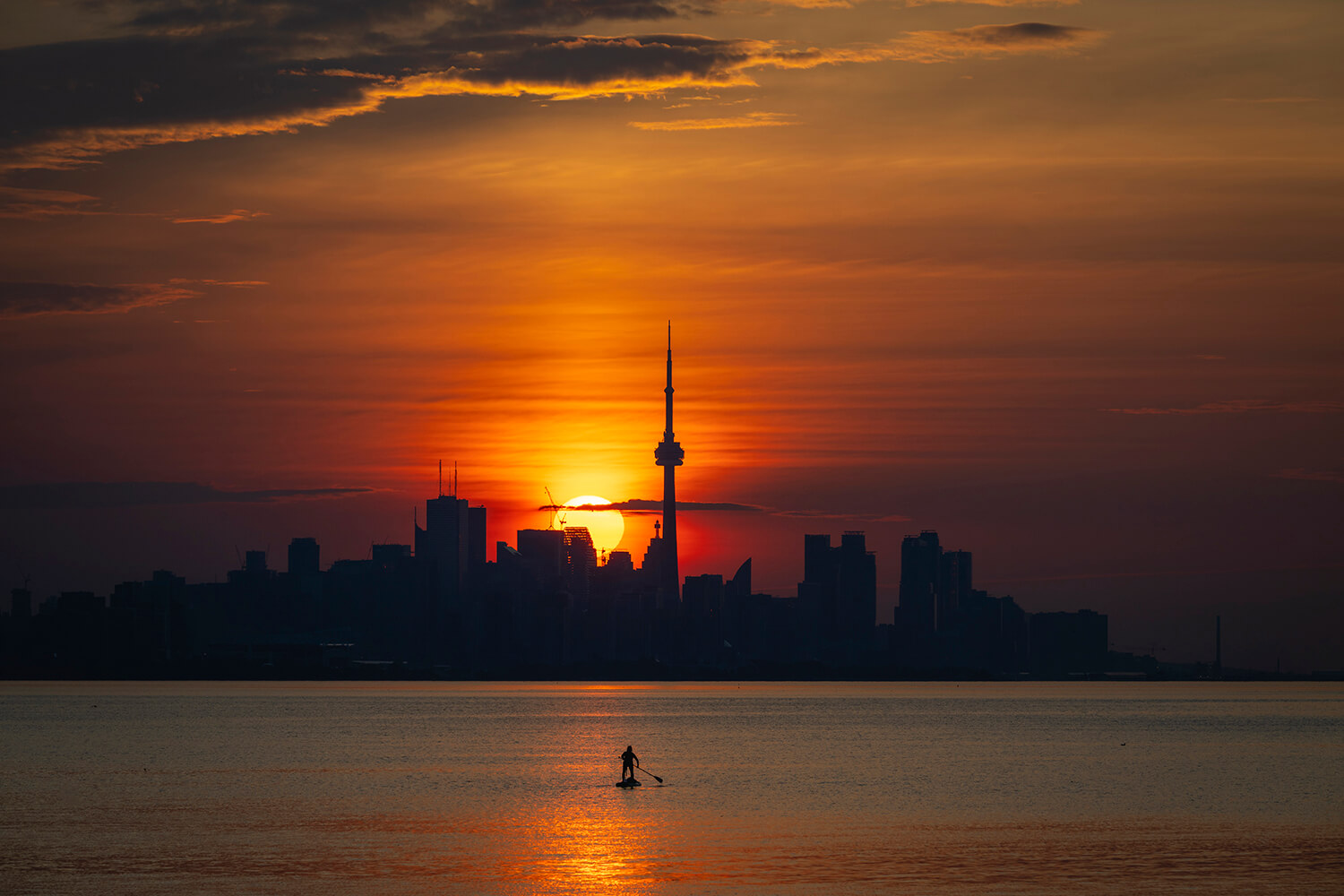
GREETING SUMMER
You’re the Chair of the Professional Photographers of Canada in Southern Ontario. How did that come about, and what does the role entail?
I joined the PPOC in 2021 to become Accredited in pictorial photography, with the aim of it helping me to establish my business as a professional landscape photographer. The more I got involved with other professional photographers, the more I realized there was a genuine support group there I hadn’t experienced before as a solo act. From the moment I became Accredited I was taken more seriously by those who would consider my work and began to be recognized for the photography I wanted to be known for while other PPOC members cheered me on. I, in turn, truly enjoyed supporting their endeavours and encouraging other new photographers as they came up the lines. Then about a year and a half ago I volunteered to help put together our regional convention and the next thing I knew, I was asked to Chair an amalgamation of the three most geographically immediate PPOC branches to me, initially called TriBranch, which has since been renamed as Southern Ontario to encompass the entire region. I’ve also been given the role of Vice-Chair of Ontario and sit on the Board to help with the ongoing business of the PPOC in the Region, while also creating and hosting regular online meetings and monthly in-person events for Members, and a few special-interest events for the National PPOC.
And likewise, your role running photography workshops around the world – the next one in Indonesia I believe. How did you get into such a pursuit? Would you recommend these sorts of workshops to all photographers?
I have learned so much from participating in workshops and have been fortunate to learn from some of the best. While shooting in Vietnam with the incomparable Daniel Kordon and Tran Tuan Viet, I learned a great deal about what goes into a successful workshop and giving participants what they need to enrich their skills and help them elevate to the next level. I truly enjoyed being a part of helping other participants there, as well. While on that trip, Daniel and I discussed the possibility of running a workshop together and the next thing I knew, I was graciously offered a spot on the Antarctica Workshop alongside Daniel and the amazing Albert Dros. It was a dream come true! It was also here that we could discuss more concrete plans for me to host a tour with him across Indonesia. That tour was fully booked within two days of our online presentation because Daniel and his work are so deservedly adored around the world. As for if I recommend workshops to other photographers: I have become the town-crier for exotic destination photography workshops as the secret weapon to success in nature photography. It is by far the best way to master your craft while boosting your portfolio.
What’s the best piece of advice you’d pass on to your younger self if you could? Or maybe one you frequently pass onto workshop participants?
Get up early. Get there before golden hour and stay out past sunset. Create 3 dimensions in your frame.
Do you feel hopeful about the future of photography?
I’m not just hopeful but optimistic about the future of photography. Almost everyone in the world owns a camera these days which is funding more and more photographic technology to elevate the tools of the trade. This, in turn, is inspiring more photographers. It’s not like any one of us can cover the world of photography on our own; there is room for everyone to participate and it’s wonderful to watch and be part of that development.
And finally, what are your plans for the rest of 2024?
For the rest of 2024, I’m very excited to be participating in a workshop in the Utah Badlands next month where I’ll be learning to elevate my drone videography skills. From there, I’ll be on a scouting trip to the Slot Canyons and Horseshoe Bend for a future workshop.
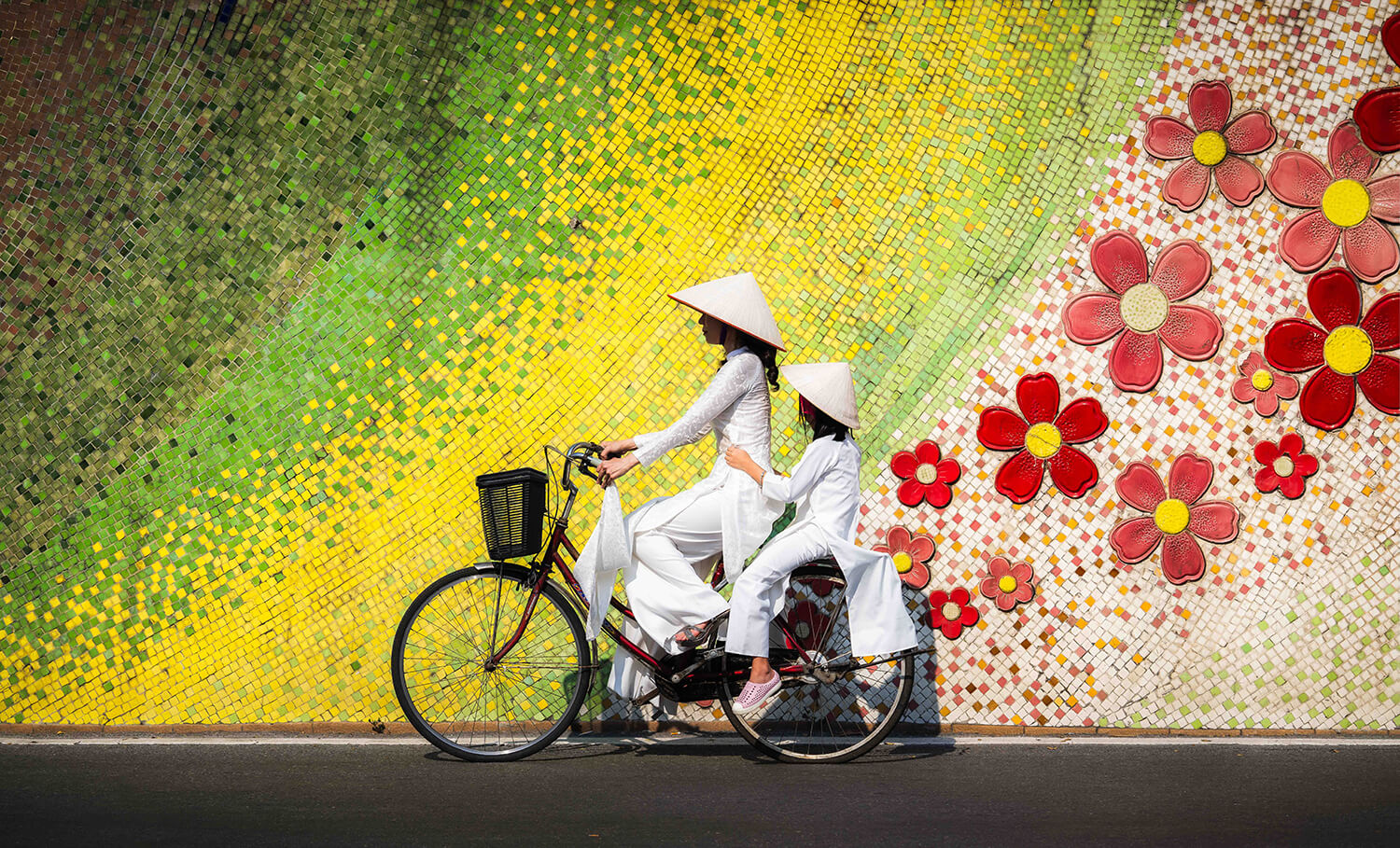
HANOI JOY RIDE

DREAM RIVER LANTERNS OF HUE
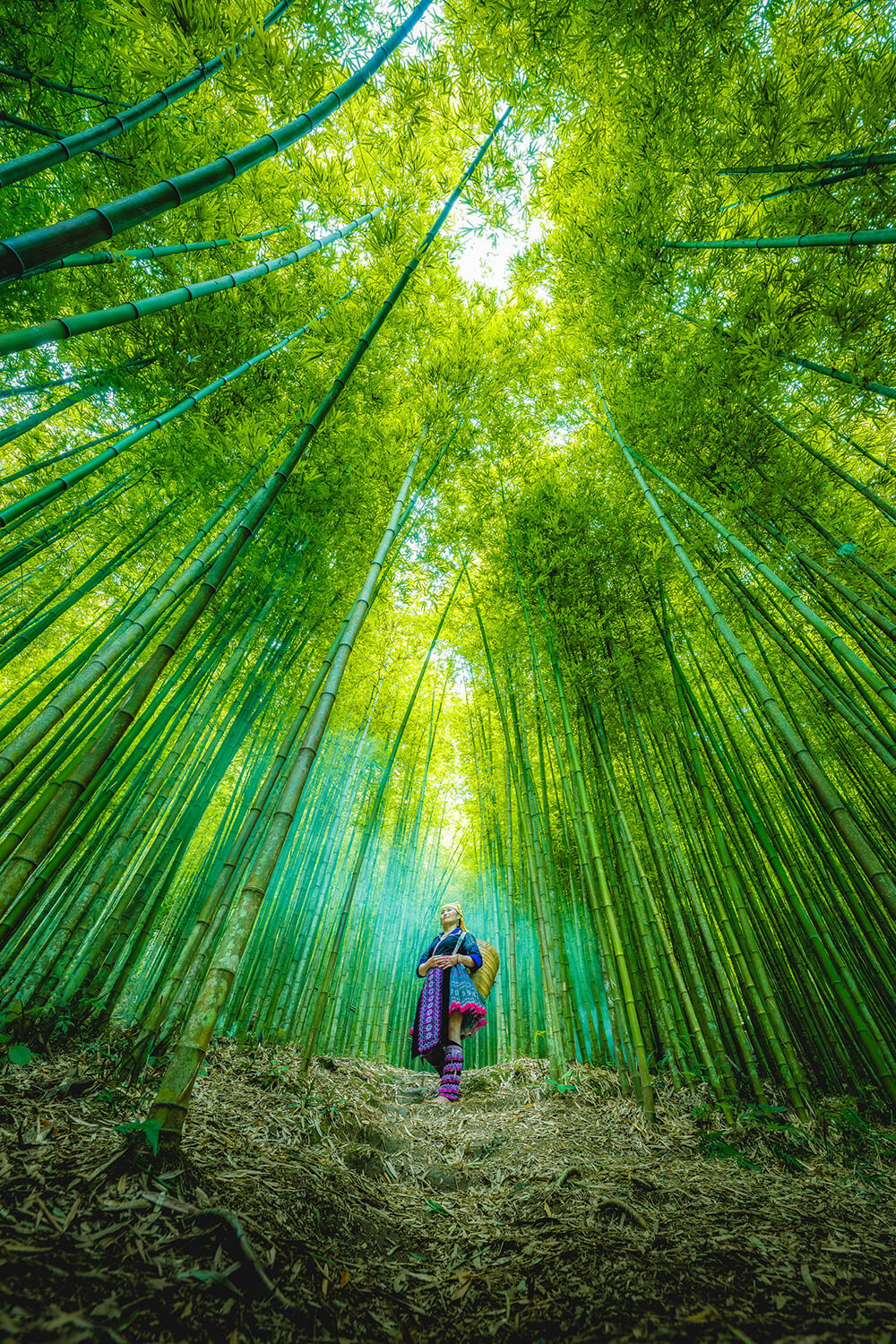
BAMBOO FOREST OF MU CANG CHAI
All images © Dee Potter
See more at www.deepotter.photography and follow him on Instagram: @deepotterphotography.
